How to Make a Cat Produce Milk (Step by Step Easy Guide)
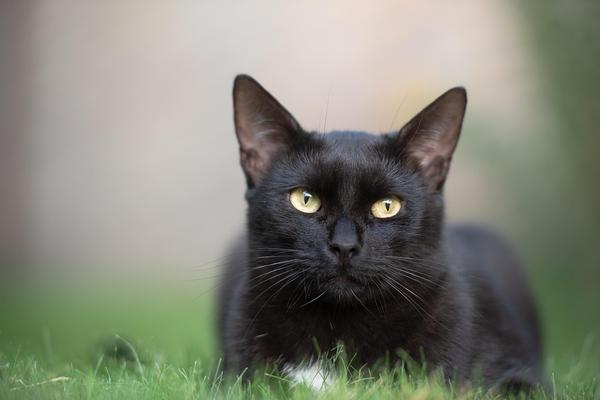
Want to know how to make a cat produce milk?
I get it, you're a loving cat parent, and you want to do everything you can to ensure those adorable furballs get the nourishment they need. 😺
Trust me, I've been there.
It can be frustrating when you're trying to care for a mother cat and her kittens, but the milk just isn't flowing.
But fear not.
In this guide, I'll show you step by step how to stimulate a cat's milk production and ensure those little ones are well-fed.
It's time to unleash the milk-making magic.
Let's get started, shall we?
How to Make a Cat Produce Milk
Cat milk production is a fascinating process that involves several factors:
- Water access is crucial for milk production in mother cats. Make sure to provide ample water for your cat to stay hydrated.
- Hormones play a vital role in regulating milk production in female cats. They prevent unnecessary milk production when not nursing.
- Blockages in nipple ducts or medical issues can impede a cat's nursing ability. Check for any signs of discomfort or abnormalities.
- To induce milk production, options like spaying and hormone injections can be considered. These methods cause swelling in mammary glands, stimulating milk production.
- Cat milk is highly nutritious compared to cow's milk. It contains higher levels of fat, protein, and essential fatty acids. Ensure a high-quality diet to support milk production.
- Creating a safe environment for the cat is crucial. Provide a clean and comfortable area where she can nurse her kittens without disturbance.
- Proper preparation is key for successful milk production. Familiarize yourself with the process and consult a veterinarian if necessary.
- A balanced diet with optimal protein, vitamins, and minerals will support milk production and the overall health of the cat.
By adhering to these guidelines, you can guarantee a robust milk production procedure for your cat and her kittens. 😺
Main points I'll expand upon further down this article:
- Massage and warm compresses can relieve mastitis and increase milk production.
- Gentle stimulation of the udders can help stimulate milk production.
- Entertaining cats with toys like Kong can encourage milk production.
- Adequate nutrition is crucial for milk production, with high-calorie, high-fat, and high-calcium diets recommended.
- Nursing cats should consume up to four times their usual amount of food and have access to fresh water.
- Creating a calm and stress-free environment optimizes milk production.
- Seek veterinary advice if a cat's milk supply has reduced or ceased.
- Milk production starts around two days before giving birth, with the most demanding point being around week three or four of nursing.
- First milk, colostrum, is rich in essential nutrients to strengthen kittens' immune systems.
- Cats that are not pregnant can produce milk, making it suitable for cats with lactose intolerance. Artificially feeding kittens requires daily monitoring of their growth and gradual introduction of solid food.
But, did you know that there are additional strategies you can try to further stimulate milk production in your cat?
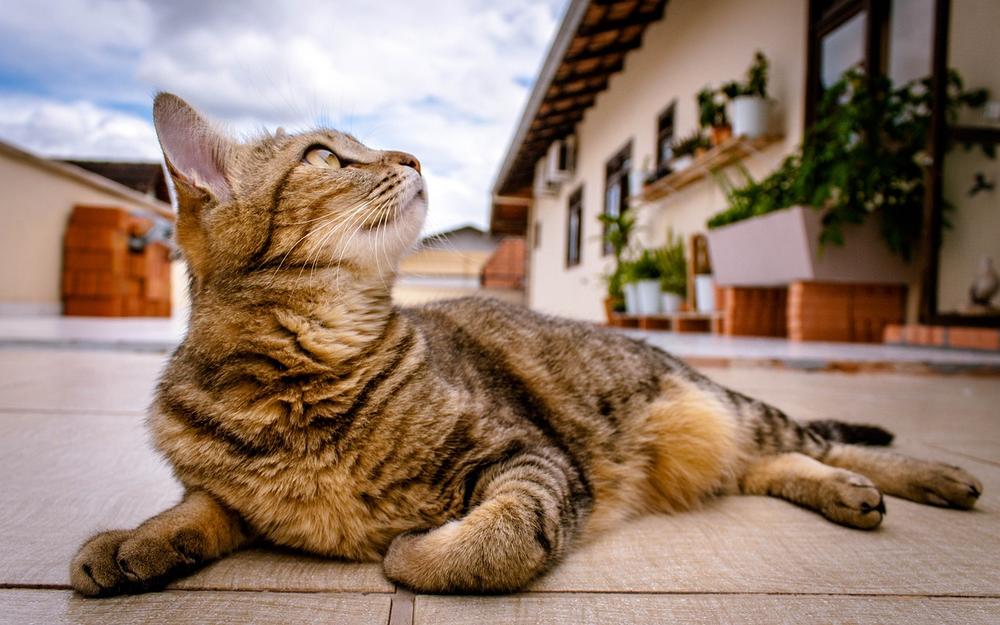
Let me share them with you!
How to Stimulate a Cat's Milk Production
Gentle massage and warm compresses are effective in stimulating milk production in cats. Be cautious not to overstimulate, as it can cause discomfort and improper milk collection. Engaging your cat with toys like Kong also promotes milk production while providing mental stimulation.
I'm here to show you how to help a mother cat produce more milk for her kittens.
Want to know the secret?
Gentle massage and warm compresses can do wonders in stimulating milk production in cats.
If your cat is suffering from blocked nipples or mastitis, don't worry.
You can use gentle massage and warm compresses to alleviate these issues and boost her milk production.
While it's true that kittens usually stimulate milk production through kneading, you have other options too.
Take some time to massage your cat's udders gently or even try using artificial teat cups if needed.
But be careful.
Overstimulation can have negative consequences for your cat.
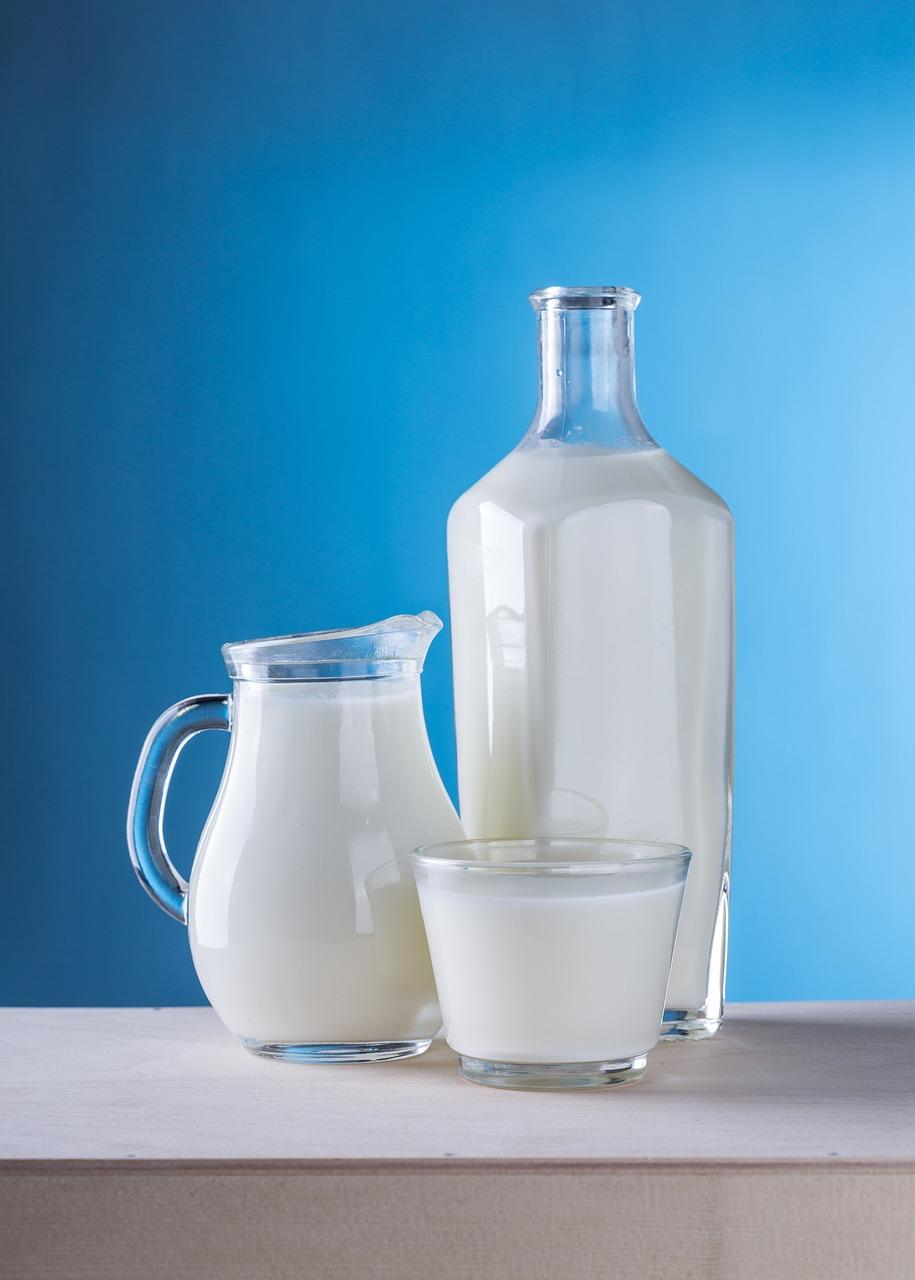
It could cause discomfort, pain, stress-related illnesses, or improper milk collection and storage.
We certainly don't want that.
When massaging the mammary glands, apply gentle pressure.
Don't go overboard and risk causing harm.
Your cat's well-being should always be a priority.
To keep your cat happy and stimulated, why not play with toys like Kong?
Not only does it promote milk production, but it also offers jaw exercise and mental stimulation. It's a win-win situation!
By following these techniques and keeping a close eye on your cat's milk production, you're doing a great job ensuring healthy nursing for her kittens. Keep up the good work.
And it gets even more interesting.
Did you know that the mother cat's diet and environment play a crucial role in her milk production?
Keep reading to discover how you can optimize these factors to ensure healthy nursing for her kittens...
How to Help a Mother Cat Produce More Milk
Stimulate the mother cat with engaging toys
You know, if you want to help the mother cat produce more milk, just give her some stimulating toys like puzzle feeders.
She’ll have to work for her food, which will keep her mind sharp and her energy levels up. And trust me, when she’s active and engaged, her kittens get healthier milk.
Feed her a high-calorie, high-fat, and high-calcium diet
Now let's talk about nutrition. You need to ensure the nursing cat gets enough calories, fats, and calcium in her diet.
Yep, that means feeding her foods that are high in nutrients and full of calories.
Oh, and don't forget to provide her with plenty of fresh water. Staying hydrated is super important too!
Seek veterinary advice and make dietary adjustments if needed
Listen up, if you notice that the mother cat isn't producing enough milk, it's time to make some changes. Start by improving her diet.
Try giving her some goat's milk or making kitten gruel. But hey, be cautious!
Stay away from fatty and carb-loaded foods. Overfeeding won't do any good either.
Also, creating a calm and stress-free environment for our mama cat is crucial. Stress and anxiety can really mess up milk production.

So let's give her some peace and quiet while she focuses on being the best mom she can be.
And please, if things aren't going as planned, don't hesitate to seek veterinary advice.
Sometimes there may be underlying issues that require medical attention, such as mastitis or breast inflammation. In severe cases, antibiotics or emergency nutrition might be necessary.
It's all about being patient, dedicated, and understanding to ensure the best outcome for both mama cat and her little bundles of joy.
And finally, for more in-depth information on nursing mothers and their kittens, as well as tips on feeding and caring for a nursing cat, I highly recommend checking out my article, How Many Kittens Can a Cat Nurse.
How Long Before a Cat Gives Birth, Does Her Milk Come In?
You ready to hear about when a cat starts producing milk before giving birth?
Well, it's just two days.
Yup, in as little as two days, that mama cat starts pumping out the milk for her soon-to-be furballs.
And let me tell you, that first milk, known as colostrum, is a big deal.
It's like a supercharger for their immune system and gets those little guys all set for life outside the womb.
But wait, there's more!
Can you believe that cats can get pregnant even before hitting their first birthday?
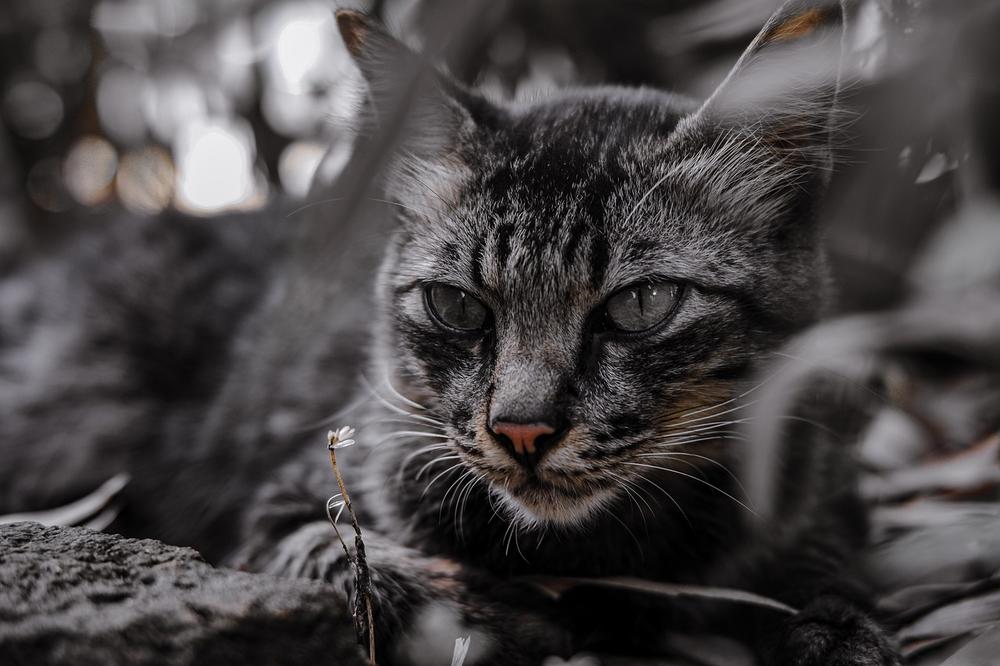
Yeah, it's mind-blowing.
And once they're expecting, they go through a pregnancy period lasting from 61 to 72 days.
That's some serious baby-making action right there.
Around halfway into the pregnancy, the momma's teats start puffing up, getting ready for the milk production marathon. And boy, does she produce!
After giving birth, that colostrum keeps flowing to provide essential nutrients for those tiny bodies to grow stronger.
Now here's something really cool:
The real challenge comes in week three or four when nursing. This is when our mama cat has her work cut out for her, making sure those hungry mouths are well-fed and happy.
So, there you have it, my friend.
All the deets on when a cat's milk kicks in before she becomes an extraordinary momma cat.
How Do You Know if Your Cat Is Producing Milk?
Milk, a nutrient powerhouse, comes loaded with proteins, fats, calcium, iron, amino acids, minerals, trace elements, and antibodies.
When kittens press their tiny bodies against their mother's warm belly and latch onto her nipples, they're acknowledging the luscious presence of milk.
The initial milk produced by feline mamas goes by the name colostrum.
Think of it as nature's concentrated elixir, delivering an abundance of vital nutrients for those little beings to thrive upon.
Can You Make a Cat Lactate?
First things first, consult a vet.
You should get the guidance of a professional before you begin this process.
But let me tell you something, you have the power to make your cat lactate.
Yes, that's right!
Even if your furry friend has been spayed or isn't pregnant.
Under the watchful eye of a vet, you can give your cat hormonal treatments.
These treatments will trigger a phenomenon called pseudopregnancy – fooling your cat's body into thinking it's carrying kittens. And voila, milk production starts!
Here's an important tidbit for you...
The milk produced during pseudopregnancy contains lower levels of lactose. This is fantastic news for cats who can't handle lactose – they can enjoy it in small amounts without any tummy troubles.
Hold your horses, there's more.
When you prepare your own cat milk at home, you have control over its freshness and ingredients. Say goodbye to allergies and upset stomachs, especially if your feline companion has sensitivities or allergies.
And guess what?
You'll save some serious cash.
Making your own cat milk is a wallet-friendly option compared to purchasing pre-made alternatives from stores.
Remember:
Always seek advice from a vet first.
Before diving into any hormonal treatment or altering your cat's diet, speak with a veterinarian you trust.
Because, when it comes to your cat's health, it's better to be safe than sorry!
And now that you know how to stimulate your cat's milk production, let me guide you on the proper techniques for bottle feeding kittens and ensuring their healthy growth...
How to Artificially Feed Kittens
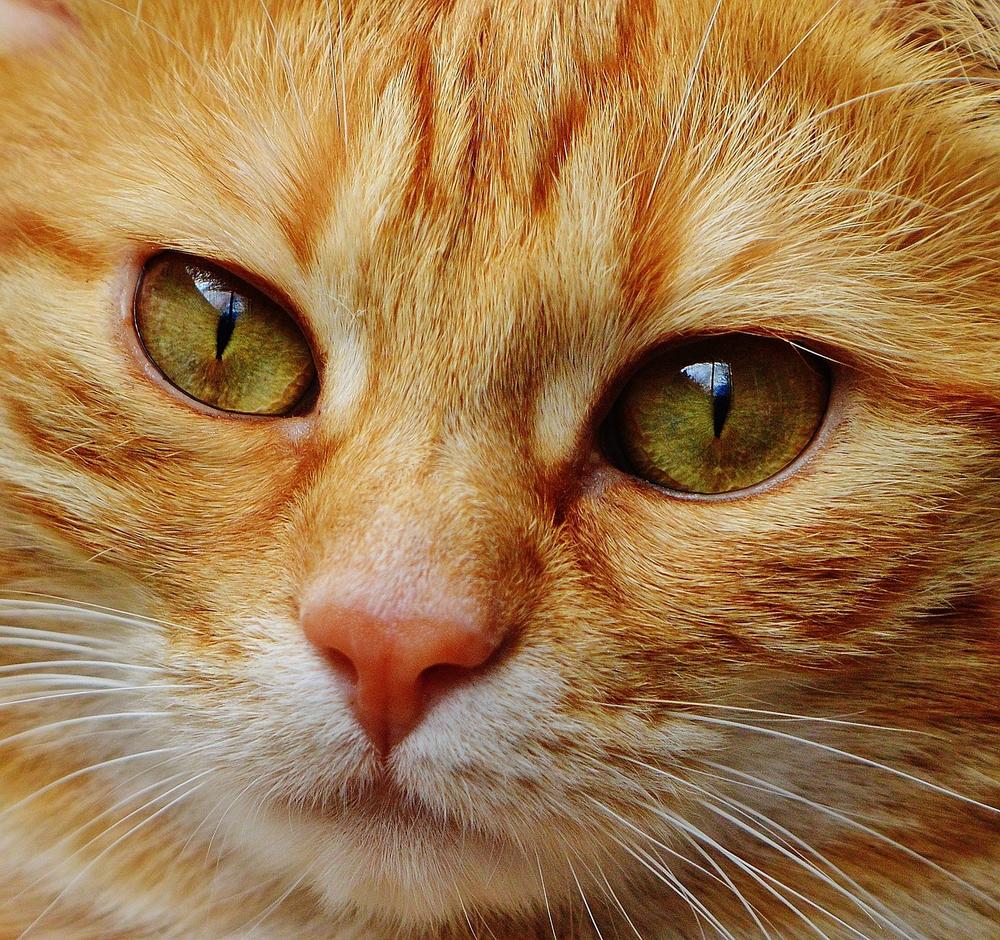
Artificially feeding kittens requires careful attention and monitoring. Here are some essential tips to follow:
- Position the kittens securely on their belly with their head slightly elevated to prevent choking during bottle feeding.
- Monitor their growth by weighing them daily. They should gain at least 10 grams per day for optimal health.
- Introduce solid food and weaning when the kittens reach around three weeks of age. Start by offering shallow bowls of kitten milk replacement formula.
- Transition gradually to kitten gruel by mixing milk replacer with wet or dry food.
- Feed the kittens multiple times a day, ensuring they receive enough nutrition to grow strong and healthy.
- By six to seven weeks old, the kittens should be able to consume solid food, potentially moistened if necessary.
- If the mother cat is unable to produce milk, artificial feeding becomes necessary.
- Begin with artificial colostrum to boost the kittens' immune systems, then transition to artificial kitten milk.
- Hold the kittens under the chest with their legs resting on your lap while feeding them. Tilt their heads up to facilitate natural swallowing.
- Use appropriate tools such as kitten milk replacement formula (KMR), kitten bottles, or syringes if the mother cat cannot keep up with demand.
- Consult a veterinarian for guidance on feeding techniques, as some kittens may prefer syringe feeding.
- Avoid feeding the kittens cow's milk, as it can cause digestive issues.
- Properly store collected milk in clean containers and refrigerate or freeze it to prevent bacterial growth and food poisoning.
Providing proper nutrition and care is crucial for the healthy development of artificially fed kittens.
And that wraps up today's article.
Before you leave, can I ask you something? Did my blog post help you out? If it did, it would mean a lot to me if you could share it with your friends and family. Just click on any of the social media sharing buttons to easily spread the word. Thank you!
Talk soon,
-Sarah Davis